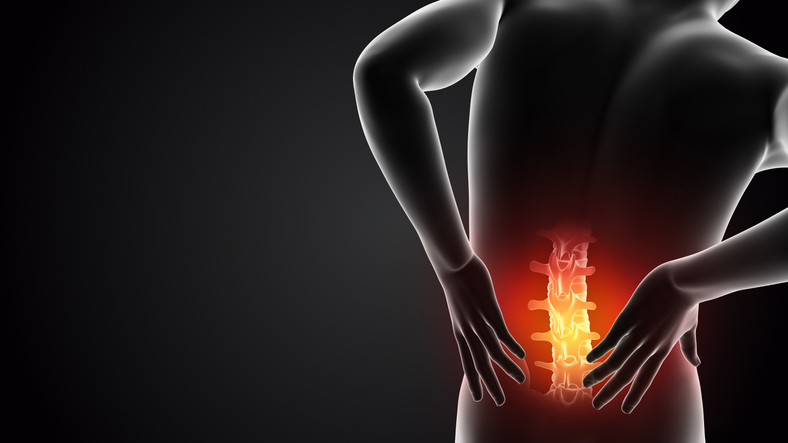
Here’s What Happens When Your Vitamin D is Low
In theory, Vitamin D should be incredibly easy to obtain. Just go outside, soak up some sun, and then go about your day. But in reality, it’s a lot harder than that. According to the Cleveland Clinic, around a billion people worldwide suffer from a Vitamin D deficiency.
If you’re wondering if you have a Vitamin D deficiency, here are some of the symptoms, side effects, and solutions.
What Are the Side Effects of Low Vitamin D?
Like all vitamins, Vitamin D is an essential nutrient, meaning our body needs it to function and doesn’t produce it by itself. Vitamin D primarily helps the development of healthy bones while also allowing the body to absorb calcium.
But it doesn’t just help with bones! Vitamin D affects many other organs in ways we don’t even necessarily understand and can even affect your mood.
For adults, low Vitamin D can cause severe health problems such as:
- Osteoporosis
- Weakened muscles
- Heart diseases
- Depression
- Multiple sclerosis
- Type 2 diabetes
Even if your levels aren’t dangerously low, you can still experience mood disturbances and a weakened body.
Since a Vitamin D deficiency can be a big deal, how do you know if you have one?
What Are the Symptoms of Low Vitamin D?
If you’re experiencing one or more of these symptoms, a Vitamin D deficiency may have caused it:
- Fatigue
- Sleep loss
- Muscle cramps
- Bone and joint pain
- Poor mood
- Hair loss
- Lowered appetite
It’s important to note that other deficiencies or illnesses can cause these symptoms, so you can’t know positively if it’s a Vitamin D deficiency just by looking at this list.
However, getting tested is a good idea if you’re experiencing several of these symptoms since a blood test is the only way to know for sure. You can order a lab test through your primary care physician, but you can also order tests online, which can be preferable for convenience and pricing transparency.
What Can You Do About Low Vitamin D?
If you’ve gotten your blood test back and your Vitamin D levels are low, never fear. For most people, you can do a few simple things to recover from Vitamin D deficiency.
The first option is potentially the easiest. Going outside for 5-30 minutes a day without sunscreen can get you the amount of Vitamin D you need. However—as the prevalence of Vitamin D deficiency shows—it’s not always this simple. Factors like season, weather, amount of melanin in your skin, and the amount of skin you have exposed can all affect your absorption rate. Staying in the sun too long, especially without sun protection, can cause skin cancer, which you obviously don’t want.
While some food—primarily fatty fish—contains Vitamin D, it’s hard to know if you’re getting enough since the levels are inconsistent. The other option is taking vitamin supplements. This can be a low-effort way to make sure you’re hitting your targets. Most physicians recommend Vitamin D3 since it’s the most readily absorbed. Just check to ensure you’re getting your vitamins from a reputable source since they’re not officially regulated.
Another promising new option is red light therapy. It involves exposing yourself to red and near-infrared light as a way of increasing the thickness of your skin so that it can more readily absorb natural sunlight.
If your levels are extremely low or don’t improve after you make lifestyle changes, it’s best to talk to your doctor. You may have underlying health complications that prevent Vitamin D absorption.
Take Control of Your Health
About 35% of adults in the United States have a Vitamin D deficiency, which is far too high considering how important it is for our health. If you work primarily indoors and experience aches and fatigue, you should get tested. Luckily, once you know for sure, there are some easy ways to get back on track!
Health Disclaimer: It is recommended the reader of this site consult with a qualified health care provider of their choice when using any information obtained from this site, affiliate sites and other online websites and blogs. Please consult your health care provider before making any healthcare decisions or for guidance about a specific medical condition.